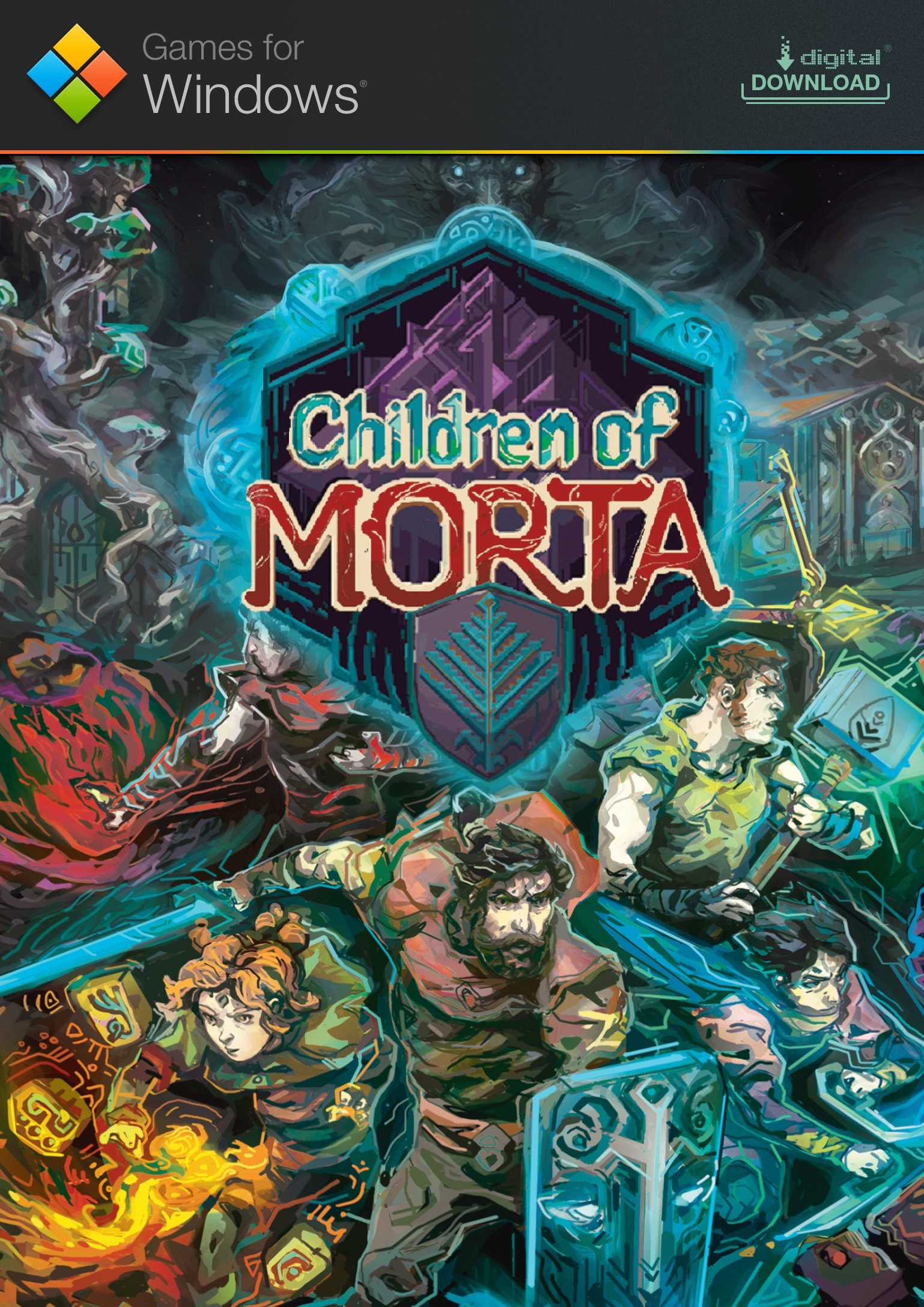
His ideas concerning monetary policy, taxation, privatization and deregulation influenced government policies, especially during the 1980s. Friedman promoted a macroeconomic viewpoint known as Monetarism and argued that a steady, small expansion of the money supply was the preferred policy, as compared to rapid, and unexpected changes. He argued that the Phillips curve was in the long run vertical at the "natural rate" and predicted what would come to be known as stagflation. He theorized that there existed a natural rate of unemployment and argued that unemployment below this rate would cause inflation to accelerate. During the 1960s, he became the main advocate opposing Keynesian government policies, and described his approach (along with mainstream economics) as using "Keynesian language and apparatus" yet rejecting its initial conclusions. He introduced a theory which would later become part of the mainstream and among the first to propagate the theory of consumption smoothing.

įriedman's challenges to what he later called "naive Keynesian theory" began with his interpretation of consumption, which tracks how consumers spend.

Several students, young professors and academics who were recruited or mentored by Friedman at Chicago went on to become leading economists, including Gary Becker, Robert Fogel, Thomas Sowell and Robert Lucas Jr. With George Stigler and others, Friedman was among the intellectual leaders of the Chicago school of economics, a neoclassical school of economic thought associated with the work of the faculty at the University of Chicago that rejected Keynesianism in favor of monetarism until the mid-1970s, when it turned to new classical macroeconomics heavily based on the concept of rational expectations. The film took the Palme d’Or in Cannes and was acclaimed as a modern masterpiece.Milton Friedman ( / ˈ f r iː d m ən/ ( listen) J– November 16, 2006) was an American economist and statistician who received the 1976 Nobel Memorial Prize in Economic Sciences for his research on consumption analysis, monetary history and theory and the complexity of stabilization policy.
#Children of morta icon series
But it was in 2012, at the age of 85, that Riva finally found international fame, as Anne, an octogenarian music teacher being cared for by her husband (Jean-Louis Trintignant) after a series of strokes. Riva maintained a commitment to serious film and theatre throughout her career, later collaborating with Krzysztof Kieślowski on Three Colours: Blue (1993) and Julie Deply on Skylab (2011). Riva continued to work with France’s key young directors, including Gillo Pontecorvo on Kapò (1959), Jean-Pierre Melville on Léon Morin, Priest (1961) and Georges Franju on Thérèse Desqueyroux, for which she won best actress at the 1962 Venice film festival.

Eric Rohmer called it “the most important film since the war, the first modern film of sound cinema”. The stark story of a failing romance between a French actor and a Japanese architect, it was directed by new wave pioneer Alain Resnais and scripted by Marguerite Duras. Riva was 26 when she moved from rural France to Paris with hopes of becoming an actor, achieving her goal soon afterwards with the leading role in Hiroshima mon amour (1959).


 0 kommentar(er)
0 kommentar(er)
